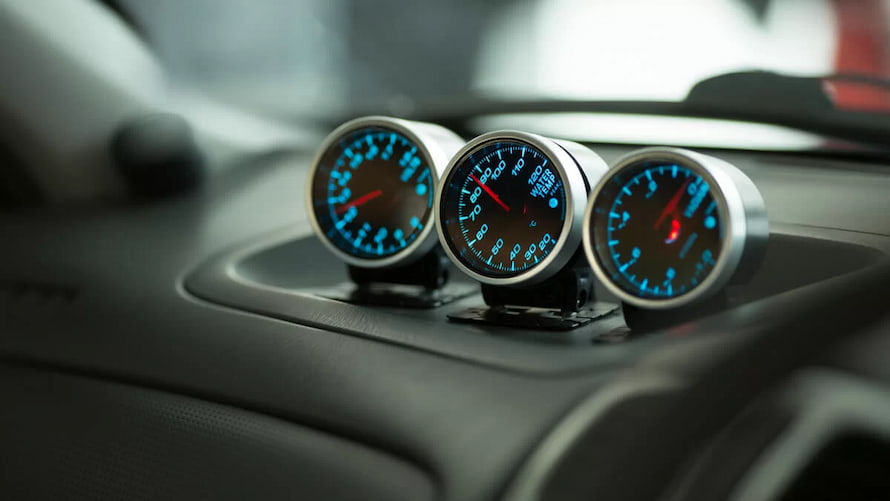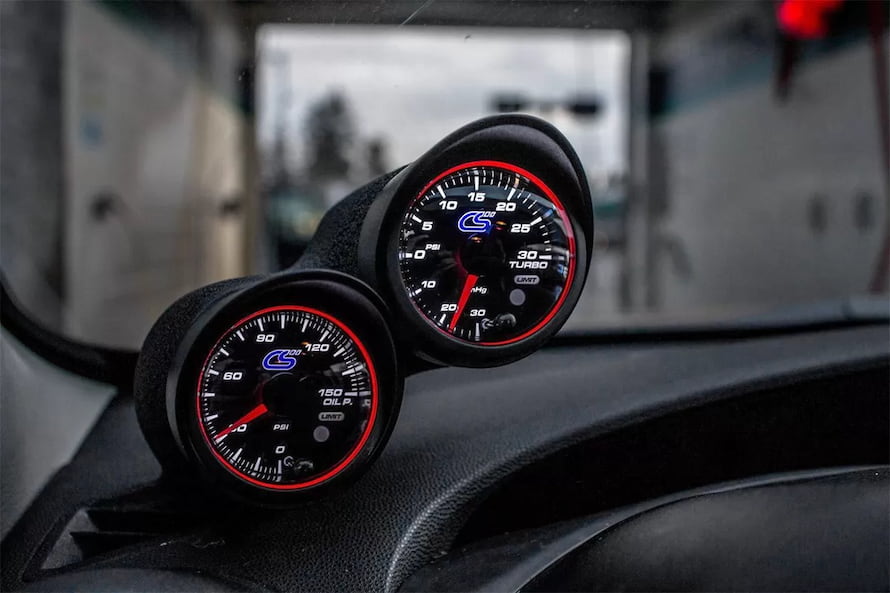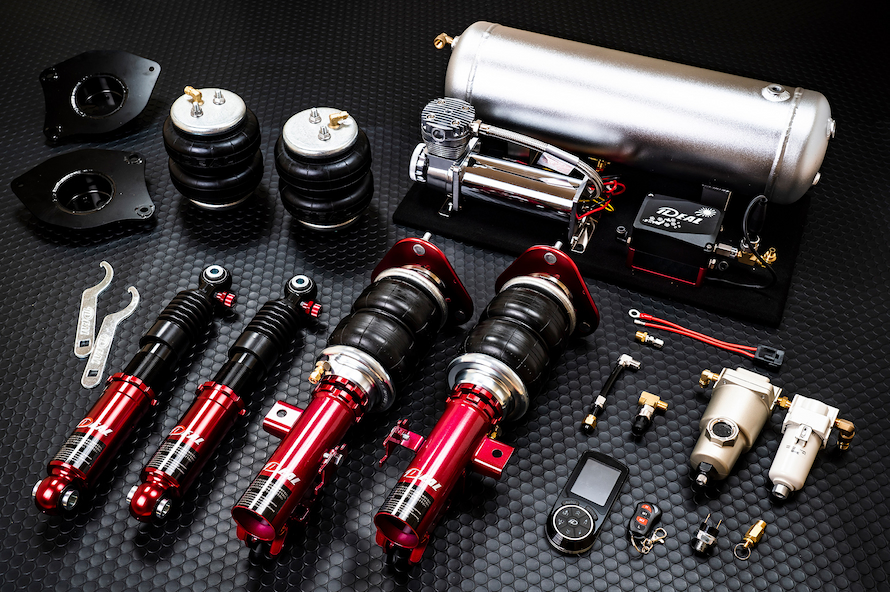Automotive
The Ultimate Guide to Car Gauges
If you’ve modified your car in any way, or just want to get a sense of how hard the engine is working, then a few necessary automotive gauges can help. Apart from the standard speedo and fuel gauges in most cars, what’s missing are gauges that monitor boost pressure in the turbo, the oil pressure and oil levels circulating in the engine, and other gauges that tell you if the exhaust is getting too hot or that your air to fuel ratios are off.
This is relevant data that you want when pushing the engine to its limits and info that you need in more spirited driving, whether it’s on the highway, racetrack or off-road.
The exclusion of relevant gauges from dashboards is one cost-cutting measure that carmakers use. But this also robs you of driving fun and the awareness that informs you that engine is about to cark it. The slack has been picked up by the aftermarket sector, with aftermarket auto gauges of just about any type readily available. Let’s take a closer look at what’s on offer.

Oil Pressure Gauges
Oil has two basic functions in the engine. The first is to minimise friction between metal parts spinning thousands of times each minute, and the second is a cooling system to get the hot engine parts down to tolerable temperatures. Oil gauges inform you whether the oil is circulating at the right pressure for the engine speed, and the amount of oil in the car. Normal readings between 25 and 65 psi for most vehicles are what maintain sound engine performance and help with longevity. There’ll be no excessive friction or engine components grinding against each other due to low oil levels, or parts literally melting away due to extreme heat. An oil pressure gauge then helps you to keep these parameters within sane limits so you don’t cause irreversible damage such as complete engine failure.
Pyrometers and EGTs
Pyrometer or Exhaust Gas Temperature (EGT) gauges keep an eye on the exhaust temperatures exiting the car. They also tell drivers about the air-fuel ratios, or how efficient the combustion process is. A car running a rich mixture with too much fuel can lead to carbonisation in the long term, and more acute problems that affect engine performance to the point the car stalls. Rough idling is another giveaway sign. This can point to things like clogged air filters, airflow restrictions, or issues with the exhaust valves and timing.

More concerning are lean mixtures, with too much air pushed in the cylinders causing loss of power, hesitation with the pedal down, or even damage to the internals, particularly valves and pistons. Advanced cases include detonation or engine knock and seizing soon after.
Exhaust temperatures are also a sign of air and fuel mixtures. Maintaining normal temperatures of around 300 degrees means your engine isn’t working too hard and parts won’t get damaged any time soon. Consider getting an aftermarket EGT if you have a diesel car, or have put in a revised exhaust system and swapped out the injectors. In addition, if the cabin is getting hot with the engine working harder, consider installing an exhaust heat shield. This will keep things cooler on the inside and help with optimal exhaust performance.
Boost Gauges
Stricter emissions is one reason for engine downsizing and the inclusion of turbos. Most diesel utes and smaller-displacement cars have some form of forced induction to maintain decent performance while using less fuel than traditional 6 and 8-cylinder engines which were the norm a few years back. A turbocharged car is also more fun. But without any knowledge of how much stress the turbine and related parts are under, you can get into trouble. Turbo boost gauges measure the amount of compressed air or boost the turbo is pushing in for combustion. With the turbine yet to kick in, you can see negative readings, but the normal range of 15 to 20 PSI for most engines means that the turbo is doing what it’s been designed for. Problematic measurements are excessive readings above 35 PSI, meaning you run the risk of blowing the turbine and engine in one go unless you ease off the pedal.

What Else Do You Need?
The gauges above are the most common in modified cars or those with a turbo or supercharger. Other additions and aftermarket auto gauges that let you have a detailed look at how the engine is running are separate air/fuel ratio gauges, coolant temperature gauges (to prevent overheating), transmission oil gauges in cars with auto transmissions, and fuel pressure gauges. These too help hone performance in different driving conditions, and can warn of potential problems before they get out of hand.
Choosing Between Mechanical and Electronic Gauges
Gauges come in two basic types – mechanical and electronic. The first has a direct mechanical link between the engine part that’s being monitored, and the gauge in the cabin. This is a traditional setup, but won’t work well with all gauge types, especially oil pressure gauges as any damage in hoses can mean hot oil spraying inside the cabin. To prevent second-degree burns and a potential accident in the making, electronic gauges offer more safety. Yes, they forego the mechanical dials and needles that are a pleasure to look at, but are accurate nevertheless. Whichever look and type of gauge you go for, you’ll have a fitted warning system that lets you have a bit of fun while driving without running the risk of premature engine failure.







